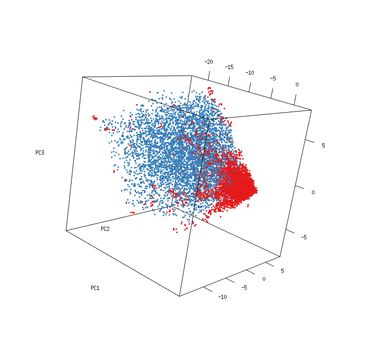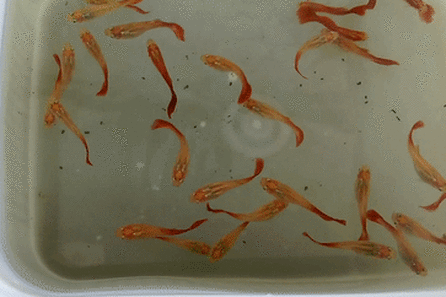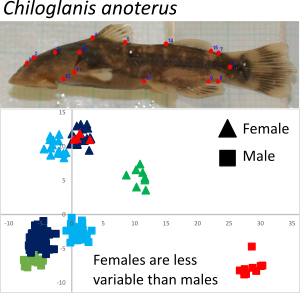A hypervolume is a multidimensional shape. Determining the geometry of such shapes can be a complicated task. Dr Benjamin Blonder has developed a new method for estimating the shape of a hypervolume, which employs kernel density estimation (read about it here). Under the supervision of Dr Blonder and Dr Joseph Tobias (my supervisor while I was a master’s student at Imperial College), I have been exploring the properties of the avian hypervolume, which is a trait/functional space since its axes are defined by traits or principal components of traits. On these spaces, each point represents the data for a single species. (on the graph to the left, the red represents real data and the blue is simulated).
In the case of the avian hypervolume, I am investigating whether the occupation density (number of points per unit volume) of the space is different near higher threat species than near lower threat species. This can help estimate the loss of unique function when extinction happens and possibly help identify species that might be of conservation importance.



